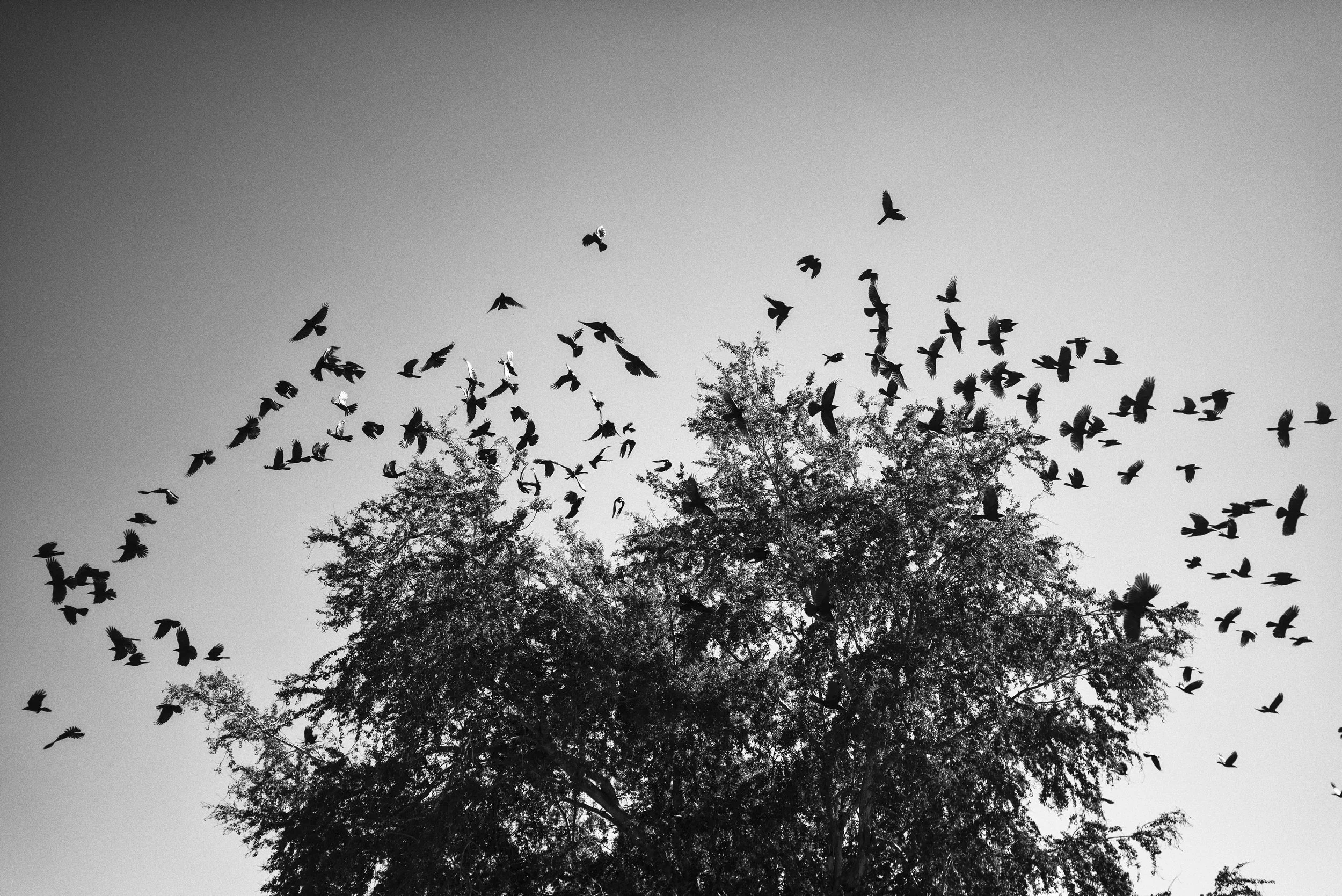CÉSAR RODRÍGUEZ
All rights reserved © César Rodríguez
My photos focus on people and their stories about migration, human rights and climate change.
My work has been published in: Time Magazine, The Washington Post Magazine, National Geographic, Der Spiegel, The New York Times, El Pais Semanal, El Pais, Le Monde, Bloomberg, The Guardian, The Washington Post, among others. I have directed and filmed 4 personal short films: “Huicholes del Tabaco”, “If Hell Existed”, “Guerrero, Amapola” and “Matamoros, Dreams on Hold”
In 2022, my first photobook: “Montaña Roja” which was chosen as one of the top 10 photobooks recommended by the MoMa, NY and as a Finalist at the Paris Photo Aperture Book Prize 2023, was published. My second book, Hoja Dorada, was a finalist of Arles, Les Rencontres de la photographie 2024, Author Book Award.
What inspired you to document the lives of tobacco workers in "Hoja Dorada"?
CR: To tell you the truth, it was by chance. I had passed through those fields many times but I had never really noticed what was happening there. One day I decided, out of curiosity, to enter the fields without an end or objective, simply to learn. I had not yet done any photography projects, much less a long-term one, nor did I really know how to do one.
How did you first learn about the stories and conditions of the Wixaritari people?
Once I started walking the fields, because that was how I did the project, I left my car in a nearby town and walked all day until night looking for working families. I realized the situation in which these families lived and worked. Entire families: children, young people, adults, the elderly, pregnant women, all worked in these fields.
I realized what it was like for families to work and live on these tobacco plantations. They worked from dusk to dawn the next day and so on without stopping for 4 or 6 months. For them, coming to work was a way to survive, if they didn't work that hard they wouldn't be able to have some money to feed and clothe themselves for the rest of the year.
“I realized what it was like for families to work and live on these tobacco plantations. They worked from dawn until dawn the next day and so on without stopping for 4 or 6 months. For them, coming to work was a way to survive, if they didn’t work that hard they wouldn’t be able to have some money to feed and clothe themselves for the rest of the year”
Could you describe the process and challenges you faced in capturing the daily lives of Wixaritari families in the tobacco fields?
The biggest challenge I had was realizing that I had an outsider point of view, from a different way of life, and realizing that my traditions and what I believed was best for them because it simply wasn't. Families come down from the mountains to work, to have a little money to be able to eat during and after their work, so for them, everyone has to work, if their children don't work, the family will not earn enough for everyone to eat, so that everyone can dress, then you wonder, is it right or wrong? For whom is it right or wrong? And they are very complex topics and questions that I believed, from my point of view as an outsider, were easy to answer, when in fact it is quite the opposite.
Is there a particular image that stood out to you as being especially powerful or revealing?
There are a couple of photos of a child who has broken skin due to untreated and complicated skin infections. It is a very strong image but I think it is necessary to show that there are neither medical services nor protection for workers nor adequate follow-up for these cases. I show this but also trying to respect the child's identity.
“Families come down from the mountains to work, to have a little money to be able to eat during and after their work, so for them, everyone has to work, if their children don’t work, the family will not earn enough for everyone to eat, so that everyone can dress, then you wonder, is it right or wrong?”
How do you think your photography can contribute to raising awareness about the living and working conditions of these workers? What impact do you hope your work has on the audience?
I think it is difficult but I am convinced that changes can happen in favor of the workers. Some tobacco companies told me after the publication of this report and then again the following year that the pay had increased. I don't know if it was because of the photos or not, but that's what happened. I have continued being in contact with several workers and they have told me that salaries have increased these past two or three years and that some employers are giving them water, tents and food.
All rights reserved © César Rodríguez



















